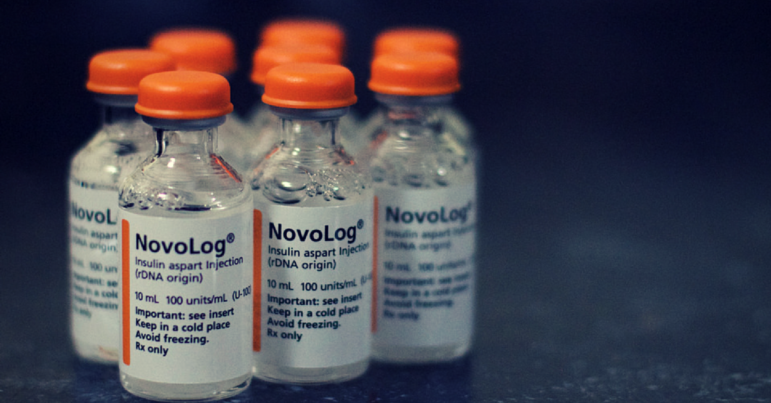A recent study on insulin rationing drew the attention – and concern – of physicians and patients alike last month. The study used data from the 2021 National Health Interview Survey, a nationally representative survey conducted by the Centers for Disease Control and Prevention, including responses from about 1,000 people with diabetes who use insulin. According to its findings, around 16.5% of participants on insulin rationed the drug this past year. This translates to 1.3 million insulin users nationwide risking serious health consequences–even death–due to the high price of insulin.
Unequitable access
By reviewing the 2021 National Health Interview Survey, researchers were able to look at data from nearly 30,000 adults in every state. Clear trends emerged among participants who are rationing their insulin. Individuals with Type 1 Diabetes were more likely to ration, as were Black Americans, and middle-income Americans. There was a significant difference in the likelihood of rationing insulin amongst individuals under the age of 65, with rates of rationing nearly doubling as compared to their older counterparts. Nearly all of those rationing and aged 65 or older were covered by Medicare. Nearly one-third of respondents without health insurance reported rationing their insulin in the past year.
Nearly one-third of respondents without health insurance reported rationing their insulin in the past year.
How rationing plays out
This study asked respondents if they “skipped insulin doses,” “took less insulin than needed,” or “delayed buying insulin,” though there are other ways individuals may strategize to save money. Right Care Alliance member Deidre Waxman shared how she got by with the Boston Globe, saying “I don’t use tons of insulin like other people do, so I’d have some left over, and instead of getting a whole new script, I would use the insulin out of date.”
Instead of getting a whole new script, I would use the insulin out of date.
Deidre Wexman to the Boston Globe
Individuals who ration insulin have also resorted to methods such as not eating, skipping other medical appointments necessary for diabetes management, and rationing test strips leaving the required insulin dosage unknown. The impacts of the actions can be immense; diabetic ketoacidosis is a life-threatening condition that requires emergency care. Diabetic ketoacidosis is preventable when diabetes is managed properly – but if someone can’t afford their insulin, they can’t afford to manage their diabetes properly. It’s a systems failure that leaves grieving families asking, “how many more?”
Intentions vs Reality
Insulin is a notable case of good intentions being corrupted by reality. When the drug was discovered in the early 1920s, its patent was sold for just $1. One of the scientists who sold the patent, Frederick Banting, famously said, “Insulin does not belong to me, it belongs to the world.”
Insulin does not belong to me, it belongs to the world.
Frederick Banting, co-discoverer of insulin
100 years later and the drug can cost patients hundreds of dollars per month. Eli Lilly, one of the first manufacturers of insulin, still controls a vast majority of the global market alongside Sanofi and Novo Nordisk.
Despite the good intentions of the patent, insulin is still not truly accessible due to its high cost. Rationing insulin has its own price though. In 2018, the Right Care Alliance organized a coalition of patients and healthcare workers to protest the price of insulin. They showed up at the doors of Sanofi’s offices in Cambridge, MA with two mothers carrying the ashes of their children- they say their children died while rationing insulin.
Try and Try Again
The 2022 Inflation Reduction Act has the potential to alleviate some of the insulin pricing pressure through its monthly cap on insulin cost sharing in Medicare, set to take effect next year. This is a win for Medicare patients but does nothing for those who are privately insured or uninsured. We must keep pushing for insulin pricing reform; where we are is simply not good enough.
